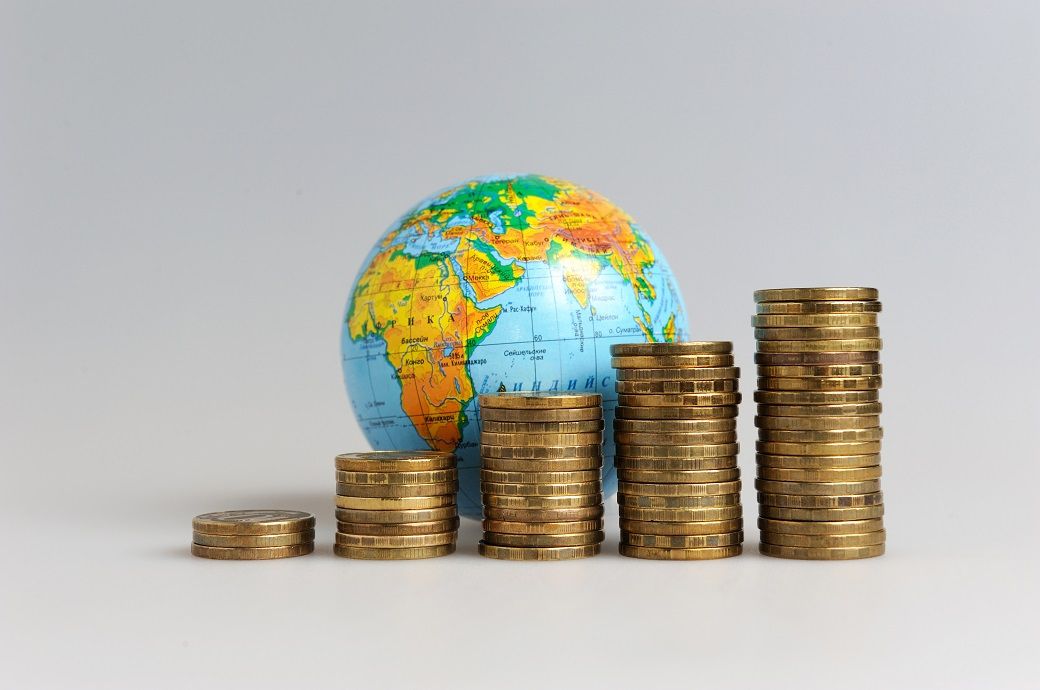

The improvement in the near-term outlook reflects China’s post-COVID-19 reopening, a material easing of the European natural gas crisis, and surprising near-term resilience in US consumer demand. This is the first upgrade to Fitch’s year-ahead world growth forecasts since the start of the Russia-Ukraine war, according to its GEO - March 2023 report.
China’s 2023 growth forecast has been raised to 5.2 per cent from 4.1 per cent in December, eurozone growth to 0.8 per cent from 0.2 per cent, and US growth to 1.0 per cent from 0.2 per cent. Moreover, global growth in 2024 has been lowered to 2.4 per cent from 2.7 per cent to reflect the lagged impact of rapid Fed and European Central Bank (ECB) interest rate hikes.
“Central banks are now taking away the punchbowl quite quickly. It is only a matter of time before the impact on the real economy becomes much more visible,” said Brian Coulton, chief economist at Fitch Ratings.
China’s abandonment of COVID-19 pandemic restrictions at the turn of the year has been followed by swift improvements in mobility indicators and business surveys. Contact-intensive consumer spending—curtailed by lockdowns in 2022—is rebounding quickly, but the property sector remains weak and exports are slowing.
The European gas crisis has eased significantly in recent months with gas supply holding up, inventories improving relative to seasonal norms and wholesale prices falling dramatically. This is helping eurozone growth prospects and easing headline inflation pressures.
The US economy has more near-term momentum than anticipated, with robust employment and consumption growth at the start of the year. Household income growth is holding up and savings buffers built up in the pandemic will support spending for a while.
Headline inflation looks to have peaked, but core inflation is stubbornly high and the Fed and ECB have become more concerned about inflation becoming entrenched. Labour market imbalances—a source of wage pressure—are not improving.
The Fed Funds are expected to peak at 5.5 per cent and ECB’s Main Refinancing Operations rate at 4.0 per cent in June, upward revisions of 50 basis points (bp) and 100bp, respectively, since December. Core inflation hit a 40-year high in Japan and the Bank of Japan is expected to raise the 10-year yield cap by another 50bp to 1 per cent.
Monetary tightening is taking longer to slow US demand than expected, but Fitch forecasts that 525bp of rate rises in just 15 months will ultimately weigh heavily on activity. A US recession is projected, albeit starting in third quarter of 2023 (3Q23)—several months later than in the previous forecast and a few months after the peak in Fed Funds.
Fibre2Fashion News Desk (NB)